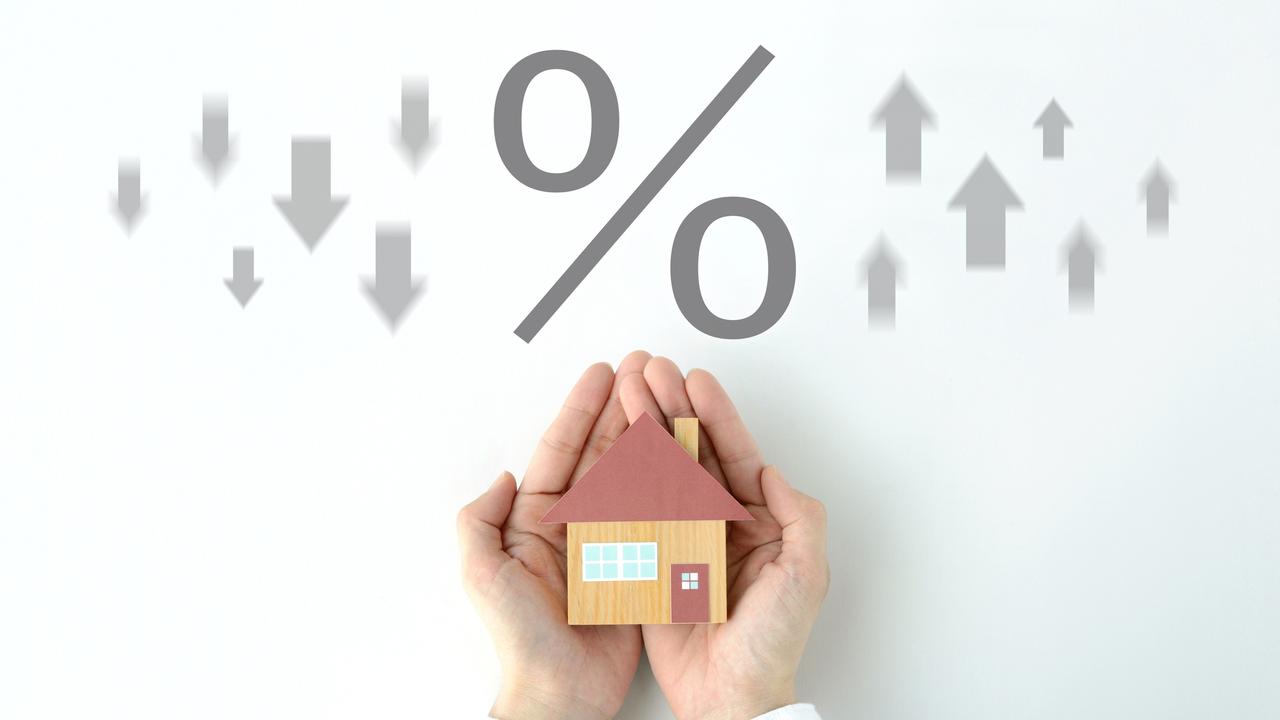
Petrol prices rising to a seven-year high are set to become the most visible impact of the Ukrainian crisis in Australia, but investors are bracing for changes in everything from coal to wheat as Russia’s key position in commodity markets becomes clear.
More broadly, fears that the crisis will hit trade relationships and further stoke inflation has pushed gold sharply higher. Gold managed a miserable minus 4 per cent return in 2021, but it has “popped” in recent days reaching its highest point in three months
Stocks have yet to encounter significant selling relating to the crisis but the global market desk of CBA warned late on Monday: “The increased risk of an invasion of the Ukraine by Russia can spark an equity sell-off.”
A spike in oil prices highlights the uncomfortable reality that Russia is the world’s third biggest producer. If it faces global sanctions over Ukraine, then lower oil supplies will keep pushing prices higher.
Petrol prices across Australia are now testing $2 a litre at the pump while on commodity markets oil prices have stunned even seasoned analysts. After briefly trading near zero in mid-2020, crude oil is hovering near $US95 a barrel and a milestone $US100 price tag is looking more likely by the day.
As consumers bear the brunt of the oil spike, Australian investors are positioning in the commodities where Russia is most powerful which are coal, oil, gas, aluminium and nickel. It is not a major player in iron ore.
The nearest thing to an ASX-listed oil fund, the Betashares Crude Oil hedged ETF, has risen 5 per cent already this week, while key stocks such as Woodside and Beach are benefiting too. Beach Energy announced a 66 per cent lift in half-year profits on Monday and its shares rose 9.4 per cent.
Though Russia might control nearly 9 per cent of the oil market (and 6 per cent in gas), its biggest reach is in coal where it has around 14 per cent of the market for both heating (thermal) and steelmaking (coking) coal.
Still, professional traders are most active in the oil and gas markets which are surging on the back of the crisis. The European Union has become ever more reliant on Russian energy in recent years, especially in key markets such as Germany.
Australian coal producers are watching the stand-off with mixed views. The global price of coal is likely to rise even further if Russia moves aggressively. At the same time any sanctions on Russia will mean its coal exports will become heavily dependent on China. In turn, the extra supply of Russian coal into the China market will mean China’s unofficial ban on Australian coal imports could remain in place for longer.
“With a situation like this you have to view both the immediate market action and what is then likely to occur in the months ahead – the impact on coal is complex, we’ll have to watch the wider market for some time to make a complete assessment,” says Vivek Dhar, mining and energy commodities analyst at Commonwealth Bank.
Among soft commodities, the key action to date is in wheat which also rose in price this week due to supply fears from the Black Sea region.
Professional investors are taking positions on the back of what asset consultants are telling them: Europe’s largest asset manager, Amundi Asset Management, recently outlined three potential outcomes for investors.
● A 60 per cent probability of a peaceful compromise, a relief for risk assets.
● A 30 per cent probability of a small-scale military incursion. The impact may depend on the scale of any intervention, but markets have priced a lot in already with a big correction of Russian equities and increased volatility globally.
● A 10 per cent probability of a full-scale invasion: occupying a significant part of Ukraine, including the capital Kiev, and installing a pro-Russia president. This can be considered a tail risk, but would trigger much higher volatility in risk assets and support safe-haven assets such as the US dollar.





